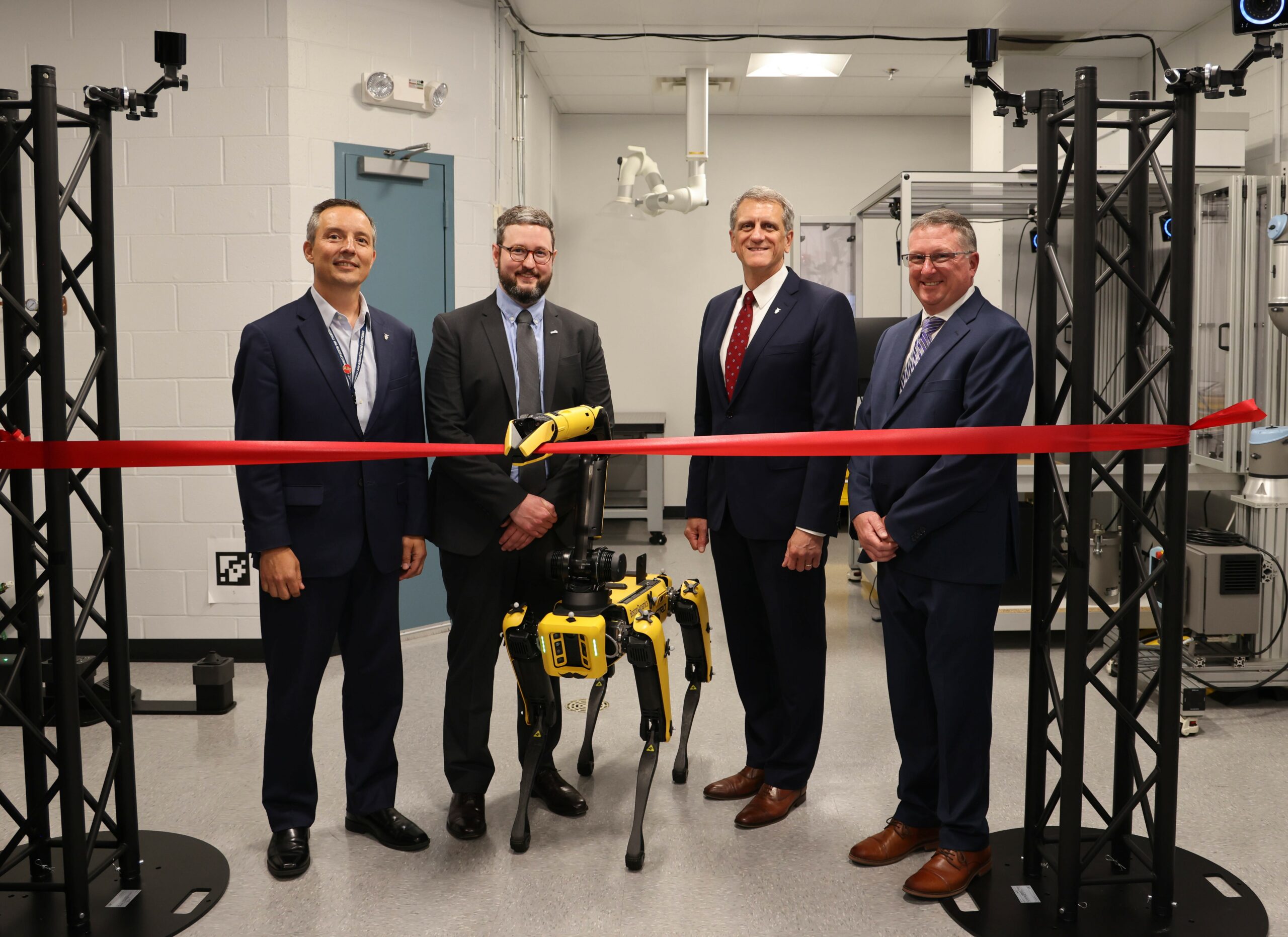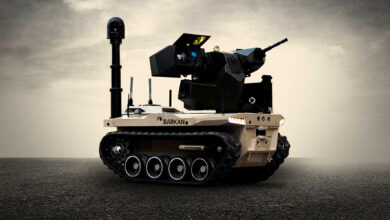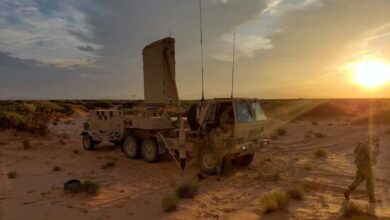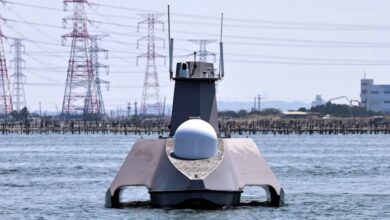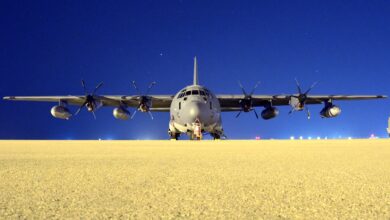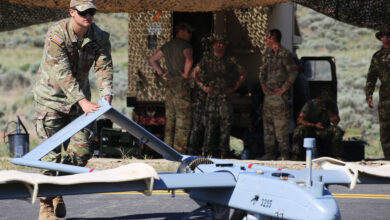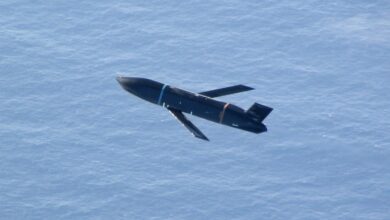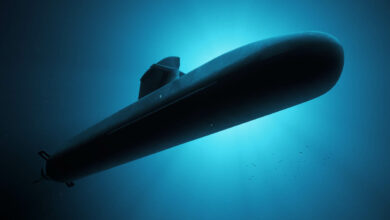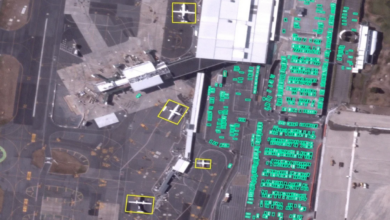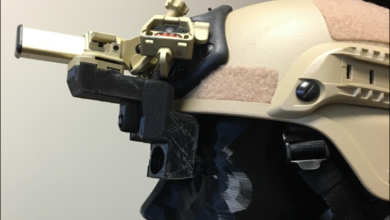US Air Force Launches Collaborative Manufacturing Research Laboratory in Ohio
The US Air Force has opened a Collaborative Automation for Manufacturing Systems (CAMS) facility at Wright-Patterson Air Force Base in Ohio.
CAMS has been constructed to support the Air Force Research Laboratory’s Digital Manufacturing Research Team (DMRT), a unit leading studies of new industrial techniques centered on digital and computer systems to improve the production of tactical equipment.
Operational solutions at the CAMS site include autonomous manufacturing platforms, collaborative robotics, and simulation hardware.
Leveraging Extended Reality, Motion Capture System
CAMS utilizes extended reality technology to coordinate research between laboratory and field experts, enhancing works across manufacturing lines for quick turnarounds and repair depots to ensure rapid tactical equipment refitting and availability.
“We have a big research thrust on how to use augmented and virtual reality to bring additional capability to these operators,” DMRT Lead Dr. Sean Donegan explained.
“As an example, when completing a riveting task to put a panel back on a plane, operators would wear an augmented reality headset that would project all of the places that needed a rivet onto the plane.”

CAMS also incorporates a motion capture system used in the film and video game industry, allowing the creation of the facility’s own artificial intelligence-powered “digital twin” for virtual tests including experimentation in a cloud-based environment.
“The definition of digital manufacturing is constantly evolving,” Donegan said. “For us, what it means is, how do we continue to advance manufacturing capabilities for the warfighter? This lab allows us to become expert practitioners in developing those novel capabilities.”
Strategic Response
The air force said the launch of CAMS and its digital manufacturing function aligns with the Air Force Materiel Command’s 2023 Strategic Plan, which highlighted the transition of mission systems into more advanced capabilities that could address evolving warfighter requirements.
“In the era of the Great Power Competition, [Air Force Research Laboratory] is definitely here to deliver capability and technology, but it’s not enough just to do that,” Air Force Research Laboratory Materials and Manufacturing Director Darrell Phillipson stated.
“You have to be able to get it out the door. The CAMS Lab will be essential in responding to that need.”

